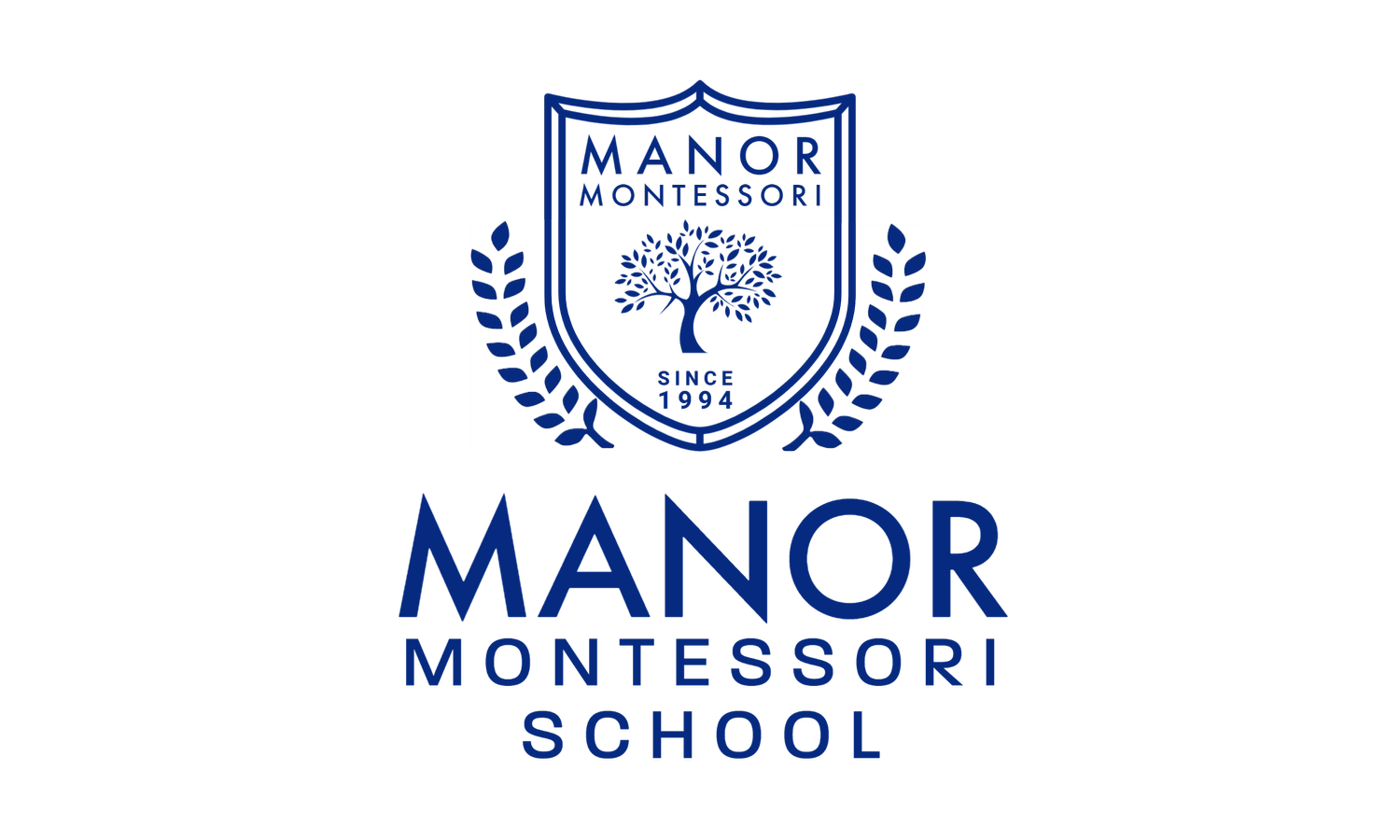Montessori Method
Montessori Education
Montessori education, developed by Dr. Maria Montessori, is a globally respected approach that fosters each student’s unique potential. This method emphasizes self-directed, hands-on learning, practical life skills, and collaboration in a non-competitive environment. In Montessori classrooms, students of mixed ages learn together, allowing younger students to observe and learn from older peers while older students develop leadership and empathy. Through carefully designed materials and teacher guidance, students independently explore and build essential life skills, self-discipline, and a love for learning at their own pace.
The Association Montessori Internationale
The Association Montessori Internationale (AMI) was established by Maria Montessori in 1929. The AMI aims to support and retain the integrity of Maria’s work while continuing to collaborate with ongoing research in neuroscience and child development. The AMI also offers standards for Montessori education, teacher training and support for Montessori schools.
At Manor Montessori, our approach to education is guided by AMI standards and our classrooms are equipped with AMI approved Montessori materials.
To learn more about AMI Canada:


